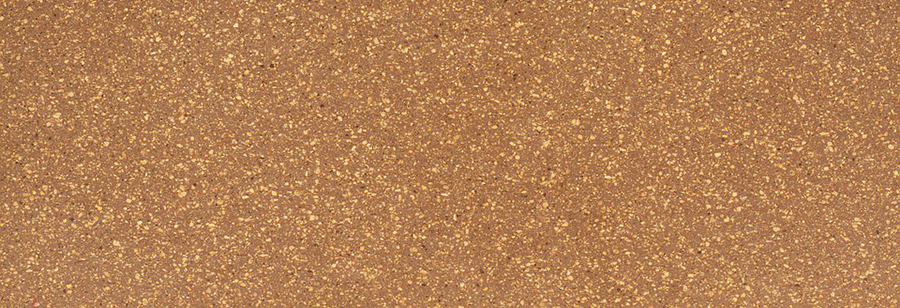Cork in construction
Cork is a product most commonly harvested from the outer bark of the cork oak (Quercus Suber), a thick soft spongy phellem, it also has an inner bark allowing it to survive when the outer bark is removed and regrow the outer bark cover over a number of years. After the first 25 years, bark regrowth of the tree takes around 9 years to regenerate making the cork material a rapidly renewable material, which also doesn't damage the tree from which it is harvested. The Cork Oak lives for about 150 - 200 years on average meaning that it will be harvested about 15 times over its lifecycle.
This ability for the tree to survive, regenerate and sequester carbon during growth along with the fact that the harvesting process does not damage or disturb the soils around the tree or the animal habitat of the tree makes it appealing as a sustainable material.
Cork has been harvested and used for over 5000 years from the Ancient Greeks to the Egyptians, Persians and Chinese, prized for its strength, water resistance and ability to float on water. It was used in sea faring vessels, small floatation devices for fishing, in the crafting of shoes, and in the manufacture of drink bottle stoppers, as well as in the construction buildings for insulation and flooring.
Today many of these use still continue to some extent, in terms of construction, cork is possibly most commonly associated with cork flooring, though it is also available as insulation blocks, sheets and also aggregate. Today the term cork may refer to other types of products than just natural cork, such as; expanded cork, agglomerated cork, cork polymers or reconstituted cork.
Expanded cork is made from cork granules which are bonded together usually using the same resins found in the cork itself. This allows larger sheets or blocks of cork to be created, than is usually possible with raw cork sheets from the tree. Agglomerated cork also uses cork granules but these are bonded together with a synthetic polyurethane bonding agent, the cork granules are usually classified in terms of density, to create different products such as flooring. Cork polymer are another way to describe agglomerated cork, sometimes with differing glued elements and reconstituted cork describes any of the above because it is formed from cork that has be ground into granules and reconstituted into another product.
[edit] Related articles on Designing Buildings
- Carbon sequestration.
- Construction innovation.
- Cork flooring.
- Innovate UK.
- Innovation in construction projects.
- Cork House.
- Insulation for ground floors.
- Polyurethane in construction.
- Resilient flooring.
- Sustainable home.
- Types of flooring.
- The five weirdest materials in construction.
- Types of rapidly renewable content.
- Whole-life costs for buildings WLC.
- Wood and the future home.
Featured articles and news
A threat to the creativity that makes London special.
How can digital twins boost profitability within construction?
A brief description of a smart construction dashboard, collecting as-built data, as a s site changes forming an accurate digital twin.
Unlocking surplus public defence land and more to speed up the delivery of housing.
The Planning and Infrastructure bill oulined
With reactions from IHBC and others on its potential impacts.
Farnborough College Unveils its Half-house for Sustainable Construction Training.
Spring Statement 2025 with reactions from industry
Confirming previously announced funding, and welfare changes amid adjusted growth forecast.
Scottish Government responds to Grenfell report
As fund for unsafe cladding assessments is launched.
CLC and BSR process map for HRB approvals
One of the initial outputs of their weekly BSR meetings.
Architects Academy at an insulation manufacturing facility
Programme of technical engagement for aspiring designers.
Building Safety Levy technical consultation response
Details of the planned levy now due in 2026.
Great British Energy install solar on school and NHS sites
200 schools and 200 NHS sites to get solar systems, as first project of the newly formed government initiative.
600 million for 60,000 more skilled construction workers
Announced by Treasury ahead of the Spring Statement.
The restoration of the novelist’s birthplace in Eastwood.
Life Critical Fire Safety External Wall System LCFS EWS
Breaking down what is meant by this now often used term.
PAC report on the Remediation of Dangerous Cladding
Recommendations on workforce, transparency, support, insurance, funding, fraud and mismanagement.
New towns, expanded settlements and housing delivery
Modular inquiry asks if new towns and expanded settlements are an effective means of delivering housing.























